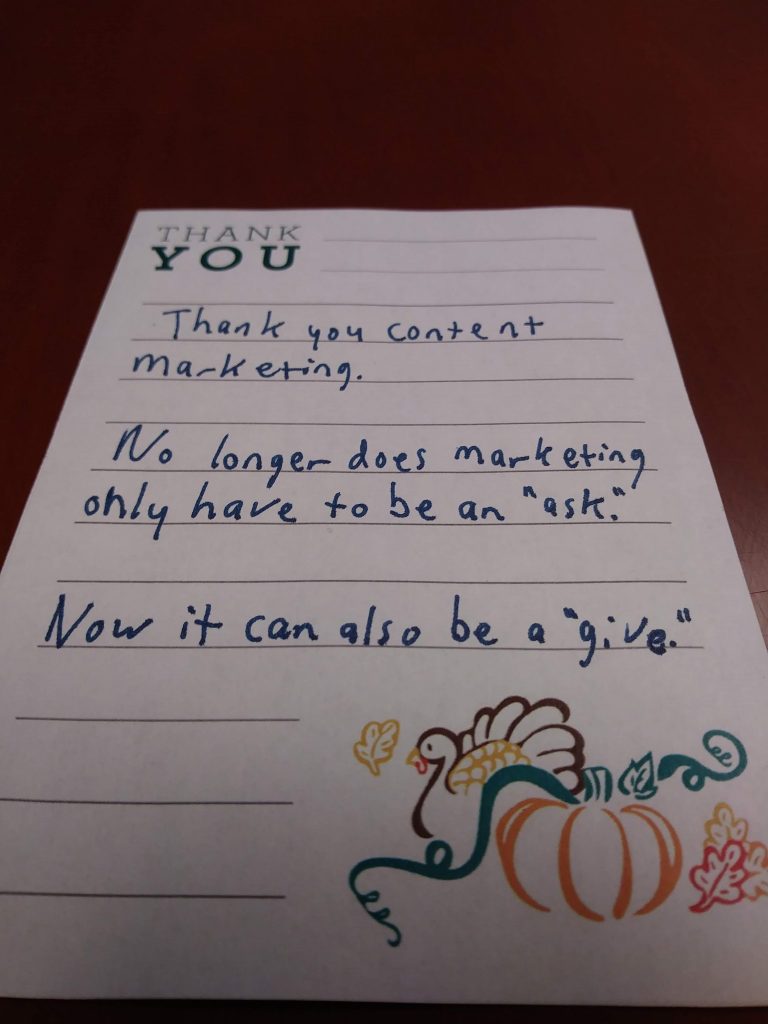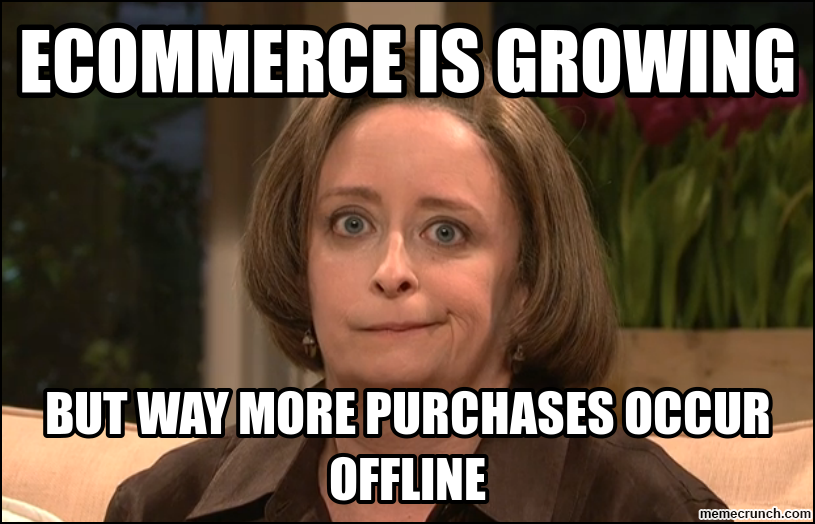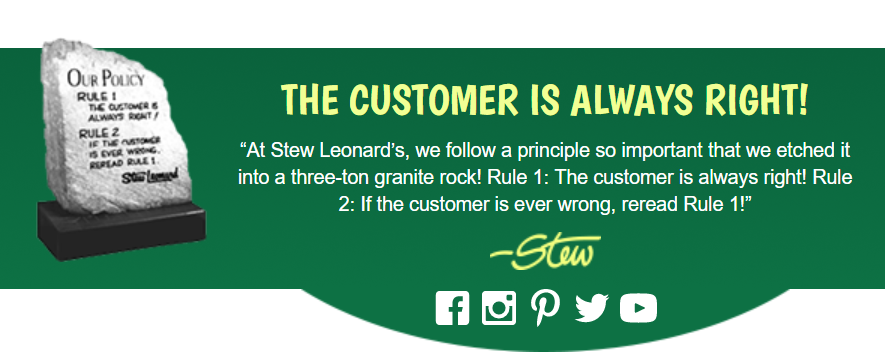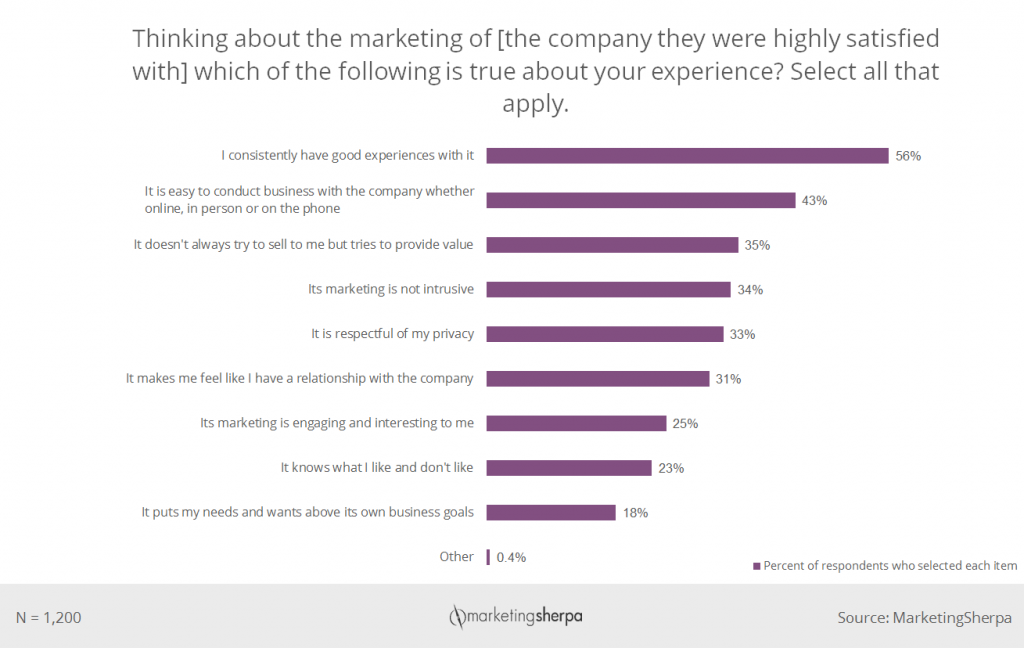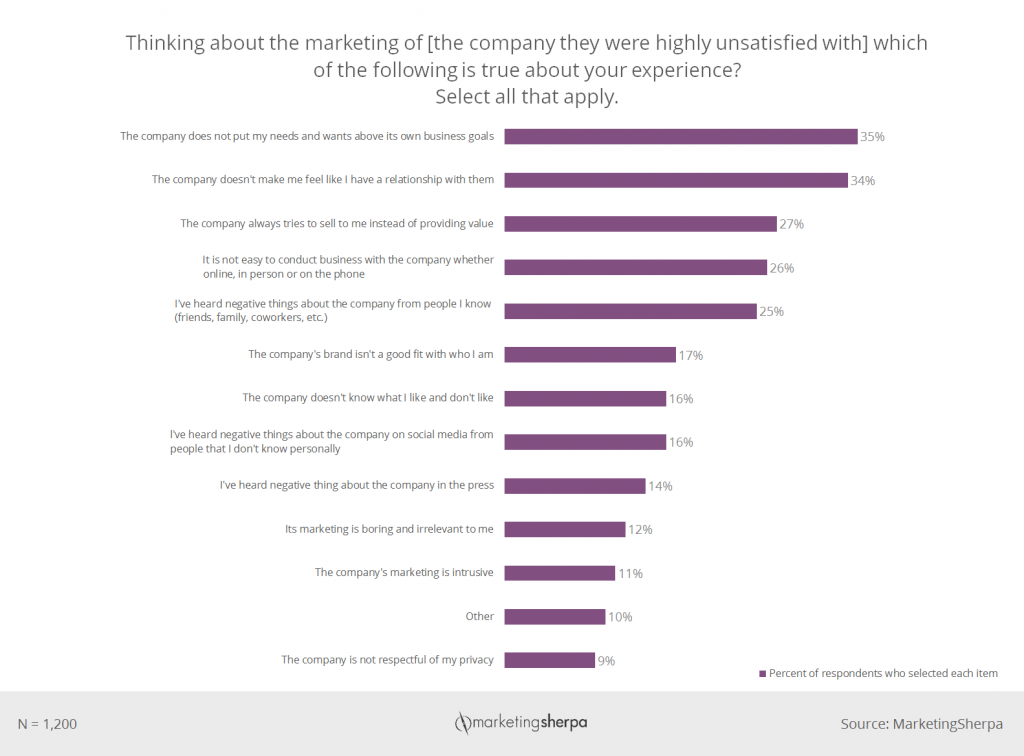Every year when I’m in Las Vegas for MarketingSherpa Summit, I find myself on the casino floor at some point. All roads in Vegas lead through the casino.
There’s bright flashing lights and sounds. Lively chatter. General bacchanalia.
Gambling looks like a lot of fun, and many people enjoy it. But other than a few bucks here or there, I don’t partake. Because, as someone who has written about evidence-based marketing for these many years, I suspect the odds are not in my favor.
The house always wins. In the gambler-casino relationship, the casino has the slight edge that, over billions of transactions, generates positive cash flow. This is a business after all, and revenue for the fountains, the curved glass and steel towers, the futuristic trams — it has to come from somewhere.
So when I had a chance to interview Jeff Ma, I wanted his opinion on the customer-marketer relationship. Who has the edge?
The customer and the marketer shouldn’t be opposed
“I think ultimately it’s not a similar thing because the difference . . . this is like honestly one of the things I don’t think people realize — the customer and the marketer shouldn’t be opposed. There’s not a contentious relationship. This should actually be a very positive relationship,” Jeff told me.
“If I were a customer, as long as the marketer had my best intentions, I wouldn’t give a s%&@ if they knew everything about me and all the data about me. As long as they’re not going to harm or use that against me, I want them to have as much information as they can.”
Jeff Ma is currently the senior director of analytics for Twitter, was previously ESPN’s predictive analytics expert, and is perhaps best known for his role on the infamous MIT Blackjack Team. Using creativity, math and teamwork, Ma created a card-counting method that helped the group win millions in Las Vegas. He was the inspiration for the book Bringing Down the House and the Kevin Spacey movie 21.
I was interviewing Jeff because he is a featured speaker at MarketingSherpa Summit 2017 in Las Vegas, and his response was right in line with discoveries from MarketingSherpa’s recent research.
For example, “showing personalized ads based on data about me is invasive” was not a major factor in why consumers blocked online ads.
However, that part Jeff mentioned about “as long as the marketer had my best intentions” was huge. Customer-first marketing was the key difference between how satisfied and unsatisfied customers described a company’s marketing, showing that the intentions behind the marketing play a critical role in the relationship with a customer.
Here are a few more quick takeaways from my conversation with Jeff to help you look at your data through a new lens.
Read more…




